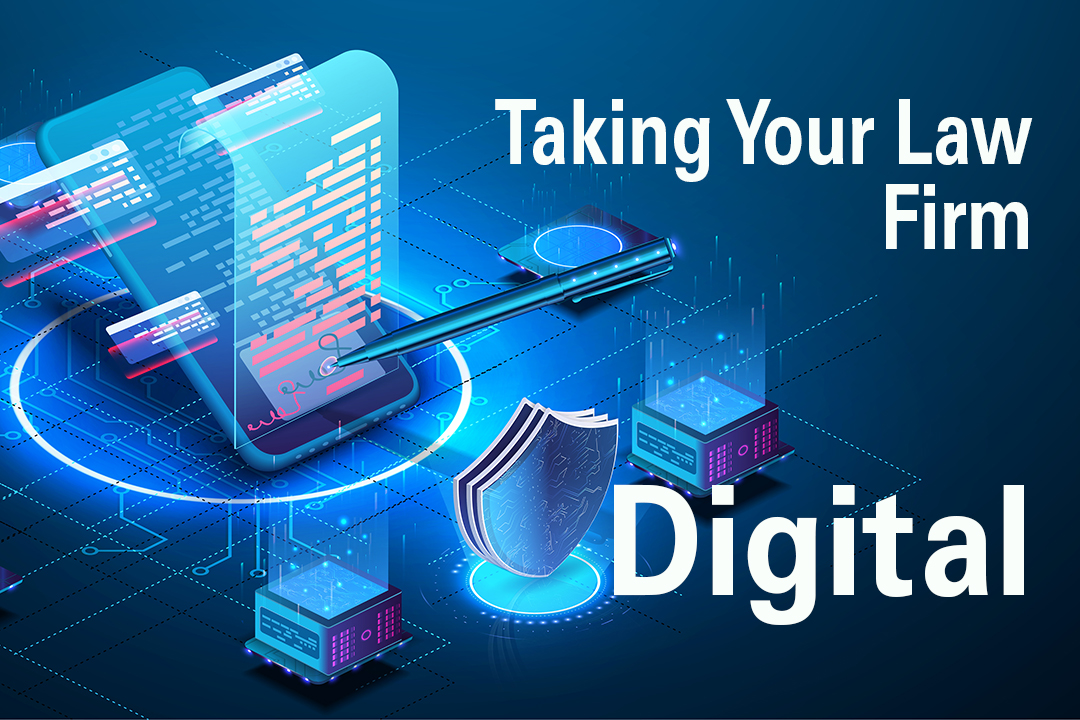This managing partner shares three benefits of his firm going “paper light.”
As managing partner of Oberg Law Group, this is a case of teaching an old dog new tricks—successfully. I needed to take my firm digital and found out that many things are more efficient. Others I’ve chosen to keep old-school because that’s the way my brain is wired.
A Little History
I started practicing law in 1988. Back then, I dictated documents, which were then transcribed by a team in the word processing room. However, if I wanted to get things done more quickly, I used my typewriter — an IBM Selectric II. That was a great machine because you could easily change fonts from Pica to Elite. You simply flipped the lever that held the type-ball in place, and you pulled off the one ball and substituted it for the other. This was very fast, efficient and I had two fonts to choose from. Not quite like the way I do things today in Microsoft Word where I can select one of hundreds of fonts, and type points.
I remember when the courts in Los Angeles first allowed attorneys to file a document by fax. Now, virtually all documents in the Federal Court and most State Courts, must be filed electronically only, i.e., no paper.
Today’s Tech Has Been Good
Needless to say, things have changed, and, in many ways, they have become more efficient. In the spirit of change, over the last 18 months, I have embraced the process of converting my office from paper to digital. We are not paper-free, but rather “paper-light,” and we have made major improvements and are moving in the paperless direction. This shift to a “paper-light” office has provided several benefits:
- Easy access. I have two offices. By making files digital, they can now be accessed wherever I am located, or even if I am traveling. This provides a tremendous amount of flexibility in my law practice.
- Shared access. My partner has access to all of the same files, even if she is in a different location then me. So, we do not need to make duplicate copies and we can both easily look at the same information.
- Reduced costs. Two years ago, we had over 58 boxes in storage. That costs money and time to retrieve the boxes if you want a file. Further, locating the exact file in the sea of boxes took significant time and energy, even with a detailed tracking list. Today we have about 10 boxes worth of files, and they fit comfortably in a closet. We have also dramatically reduced the amount of paper, ink, toner, etc., that we were consuming in our daily practice. Not only does this save money, but this is also good for the environment.
Knowing My Limits and It’s OK!
We have a long way to go, but we have made great strides. Technology has allowed us to be more efficient on many levels, however, some old habits really do die hard – to this day I still write notes by hand. Then I scan my notes into a digital folder. While I am aware that there are several options for digital note taking, I am not quite there yet as I still love the feel of my fountain pen on paper. At this stage in my life, there are still a few tricks that I am not quite prepared to embrace.

